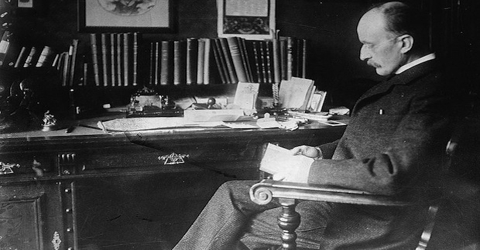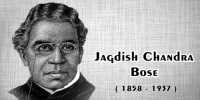Max Planck was a famous physicist of Germany. He discovered quantum theory in 1900. Planck made many contributions to theoretical physics, but his fame rests primarily on his role as originator of the quantum theory. Famous scientist Sir Isaac Newton and contemporary other scientists believed that light is corpuscular in nature. According to this theory innumerable shower of particles are continuously emitting from a luminous body. Young’s famous double-slit experiment in 1902 proved that light has wave characteristics. Successes in analyzing and explaining different phenomena of light by this wave theory established this theory. After one hundred years of Young’s experiment Max Planck revived the particle theory of light in explaining black body radiation. From this article and from other experimental results of different scientists the idea is generated that light and all other electromagnetic waves are composed of very tiny quanta of energy.

Planck’s work in thermodynamics led to the formulations of his quantum theory. To explain the colors of hot glowing matter, he proposed that energy is radiated in very minute and discrete quantized amounts or packets, rather than in a continuous unbroken wave. Planck called the packets of energy quanta and he was able to determine that the energy of each quantum is equal to the frequency of the radiation multiplied by a universal constant that he derived, now known as Planck’s constant. According to Planck’s idea radiation of energy from a body or exchange of energy between different materials is not a continuous phenomenon. There is no continuity in it Emission or absorption of energy or energy particles occurs in bundles or a packet. Each of these quanta of energy is indivisible unit. He named this bunch or bundle of energy as quanta. Energy of each quanta is proportional to frequency. Later on this quanta of energy has become known as photon. Photon is electrically neutral and has no mass.














